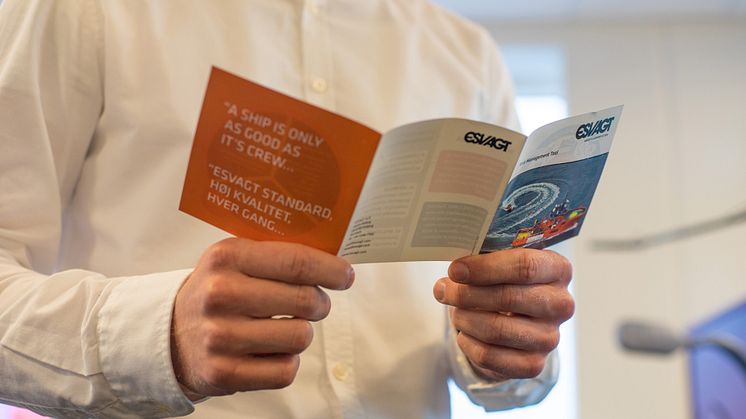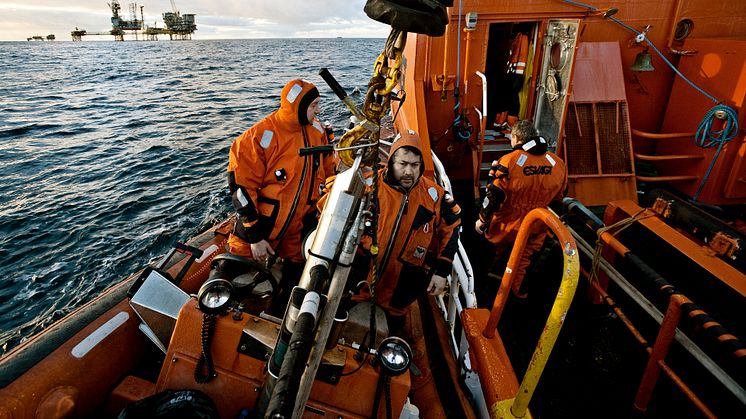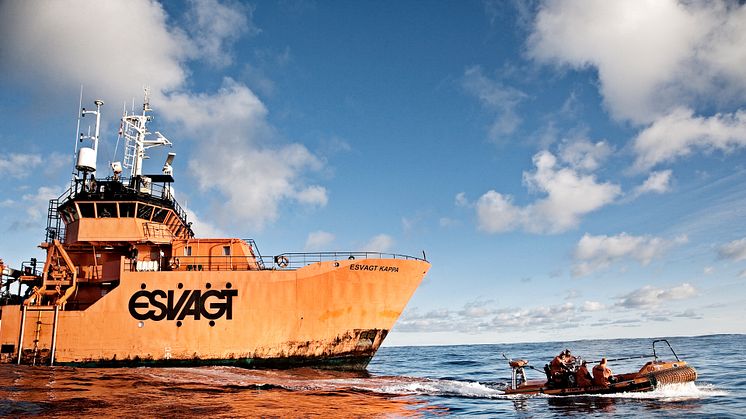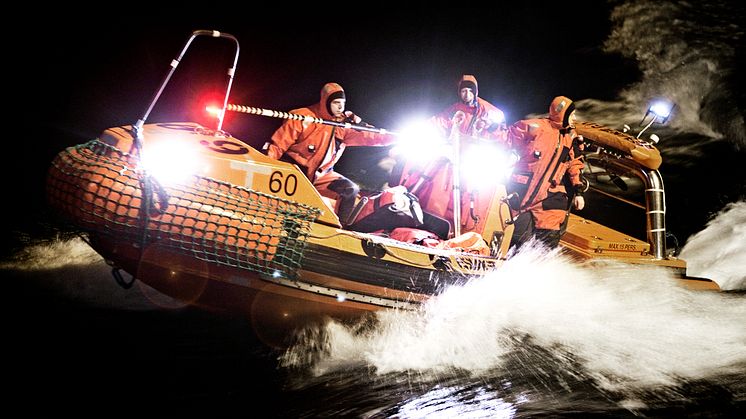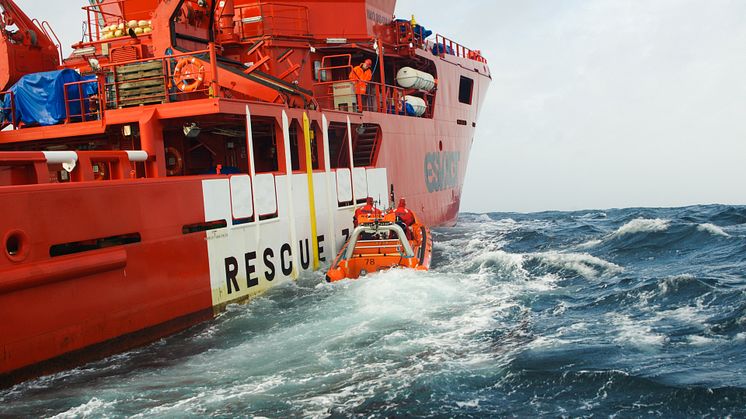
Press release -
546 days without LTI
Despite a growing fleet, ESVAGT has not had a Lost Time Incident (LTI) for 546 days. New focus on Total Recordable Injury Frequency (TRIF)
In September 2012, a colleague stumbled on a two-inch refuelling hose and twisted his ankle.
It cost a sick note and reset ESVAGT’s continuous measurement of “days without incidents” after 511 days in a row where ESVAGT had been working without LTIs – a record for the shipping company.
This record has now been beaten and is beaten again every day.
The LTI counter at ESVAGT ticked off 546 days without an LTI on the 3rd of September, something to be pleased with and proud of – “in moderation”, says Jesper Møhring Madsen, HSEQ Manager for ESVAGT:
”It is definitely something we are proud of – but we cannot sit back and believe that our goal has been achieved because you can never be complacent with safety. 546 days is only worth celebrating if you are sure about day 547. Safety is, as the Norwegians say, a fresh commodity that needs taking care of,” says Jesper Møhring Madsen.
Greater than just a ticked box
The 546 days without an LTI should also be seen in the light of the considerable expansion that the shipping company has enjoyed since autumn 2012 in terms of vessel numbers, personnel and jobs. The fleet and operations that have achieved this new record is much larger than before.
“We have previously experienced that as the number of vessels and employees grows, there is a risk that the safety culture can become diluted. This is something that we focus on and have become better at preventing. Although we have expanded, our standards of safety are still where we want them to be,” says Jesper Møhring Madsen.
There are many different reasons for this.
“We are very conscious of putting words to the meaning of safety. When the crew change vessels arrive, our director makes sure that he has time to make a stand for safety. We have good role models. We employ people who not only have the right skills, but also have the right attitude to safety and the will to carry it through. New colleagues go through a two-week introduction to our company before they start work. We also take time to strengthen social relations so that it is easier to say “be careful” to each other. The crewing team know how to put together a good crew that can communicate well. There are many examples, large and small, throughout the organisation that contribute to this team. Our safety culture is more than just putting ticks in boxes,” says Jesper Møhring Madsen.
Working towards the next goal
Zero LTI means zero LTI and it cannot get better than that. To ensure that they continue to develop and aim for safety, ESVAGT has chosen to increase focus on the next level – Total Recordable Injury Frequency (TRIF).
“TRIF is becoming increasingly important in the industry as the number of LTIs has decreased. There are cases where no one gets hurt or has a near miss but where there really has been a potentially ugly situation. That is why TRIFs are important to keep in mind. We still have a great deal that can be strengthened,” says Jesper Møhring Madsen.
According to him, safety improvements that can be made in the physical environment – protective equipment, shielding and so on - are almost maximised. The next step forwards lies inside the helmet.
”We can increase our efforts by focussing on people. We have progressed past the point where safety is something that can be constructed out of wood or steel. It is now leadership, commitment and continued positive cultural influence that can take us to the next level,” he says.
Topics
Categories
ESVAGT is a dedicated provider of safety and support at sea, founded on an experienced and well-trained offshore crew and unmatched rescue capabilities.
We support the offshore Oil & Gas industries with a wide range of specialized services: Standby, Emergency Response and Resque Vessels (ERRV), Oil spill response, Firefighting, Tanker assists, Rig moves, Supply services and Interfield transfer of cargo and personnel.
In 2010, ESVAGT brought the dedicated offshore wind Service Operation Vessels (SOV) to the market. The SOVs provide accommodation for up to 40 technicians, storage for small turbine parts and a workshop, plus personnel and equipment transfer capabilities by either Walk-to-Work gangway system or Safe Transfer Boats.
ESVAGT was founded in 1981 and has a fleet of more than 40 vessels and more than 900 employees on- and offshore.


